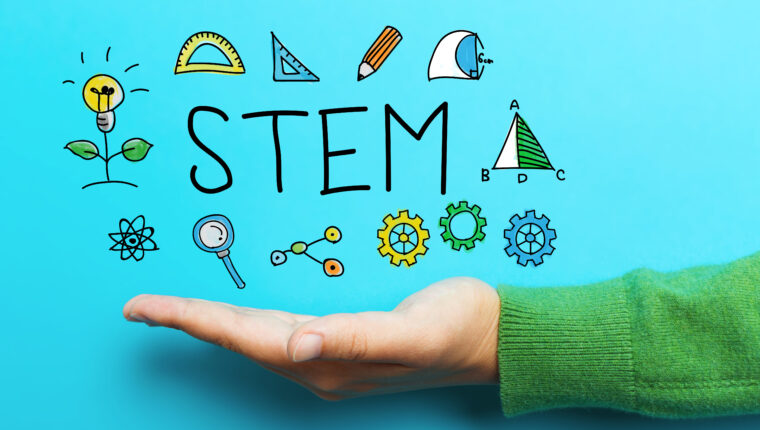
Global STEM Education Trends: What We Can Learn from Around the World
STEM education—focusing on Science, Technology, Engineering, and Mathematics—is more than just a pathway to lucrative careers. It is a catalyst for innovation, critical thinking, and problem-solving in a world that increasingly depends on technical expertise. Across the globe, countries are leveraging unique approaches to make STEM education more engaging, practical, and impactful. By examining their strategies, educators and policymakers can unearth valuable insights to enrich their own practices.
Finland: Prioritizing Hands-On Learning and Collaboration
Finland is often recognized as a global leader in education, and its approach to STEM is no exception. Rather than relying heavily on standardized testing, Finland emphasizes equipping students with practical skills and an exploratory mindset. STEM education there is deeply integrated with hands-on learning. Students frequently engage in projects such as building robots, creating sustainable solutions to local challenges, or designing structures using CAD software.
Collaboration is another hallmark of the Finnish STEM methodology. Classrooms emphasize teamwork through interdisciplinary projects that bridge the arts and social studies. For example, students might map environmental changes within their community, tying biology, geography, and communication skills into one comprehensive lesson.
Innovative digital platforms such as Dassault Systèmes’ 3DEXPERIENCE support this hands-on, collaborative approach by enabling real-time project collaboration and virtual prototyping. S
Solutions like SOLIDWORKS empower students to bring their ideas to life through intuitive 3D design, further reinforcing the connection between conceptual learning and practical application.
The Finnish approach produces confident, innovative thinkers who are prepared to solve real-world problems collaboratively. For educators elsewhere, this model underscores the importance of reducing rote memorization and increasing engagement through student-centered, project-based learning.
Singapore: Mastery and Technology-Driven STEM Education

Singapore’s education system is renowned for its rigor and precision, but it also champions cutting-edge approaches to STEM learning. A cornerstone of Singapore’s success is its commitment to mastery: students are encouraged to deeply understand foundational concepts before moving on to more complex topics.
Technology plays a central role in Singapore’s STEM curriculum. Classrooms are equipped with tools ranging from virtual reality (VR) simulations to interactive design software, giving students early exposure to emerging technologies. Industry-leading platforms, such as Dassault Systèmes’ simulation tools, empower students to test and refine their ideas in virtual environments, supporting both conceptual mastery and experimentation. Programs like the National Coding Scheme further illustrate Singapore’s commitment to making technical skills accessible from a young age.
Singapore also brings the industry into the classroom. Partnerships between schools and companies give students opportunities to work on enterprise-level problems, preparing them for future workplaces. Dassault Systèmes fosters such collaborations, connecting students and educators with real-world projects and professional expertise. This balance of theoretical understanding and practical application demonstrates how countries can cultivate not just knowledge, but true competence in STEM fields.
United States: Encouraging Creativity and Inquiry-Based Learning
The United States has long championed inquiry-based learning as a core STEM teaching method. Boosted by initiatives like STEM Ecosystems and the Maker Movement, American schools encourage exploration, creativity, and real-world problem-solving. Makerspaces -a common feature in many schools- allow students to innovate with tools like 3D printers, robotics kits, and coding stations. These creative hubs foster design thinking and experimentation.
Dassault Systèmes supports this movement with solutions like SOLIDWORKS and SOLIDWORKS Apps for Kids,which make powerful design and engineering tools accessible in the classroom. With SOLIDWORKS Apps for Kids, young learners can explore foundational STEM concepts and bring their creative ideas to life through intuitive design activities.
Bringing STEM to Every Corner: India’s Digital and Practical Approach
India faces a unique challenge in delivering STEM education across its diverse, populous regions. To address this, the country has leaned heavily on digital tools to extend STEM learning opportunities even to remote areas. Government initiatives such as Atal Tinkering Labs (ATL) empower students with state-of-the-art equipment, enabling them to prototype solutions to local problems.
A distinguishing feature of STEM education in India is its alignment with societal needs. For example, in rural areas, STEM projects often focus on sustainable farming, clean energy, or affordable water purification- issues that directly impact students and their families.
India’s approach highlights the importance of aligning STEM education with practical, real-world challenges while leveraging technology to overcome accessibility barriers. For other countries, India’s example demonstrates how contextual relevance can inspire deep engagement with STEM subjects.
Key Takeaways for Educators and Policymakers

Examining these countries demonstrates that no single method defines success in STEM education. Instead, diverse strategies—from Finland’s collaboration-centric philosophy to Singapore’s technology-driven mastery—can be equally effective when tailored to the needs of local communities. Here are five actionable lessons educators and policymakers can consider:
- Prioritize Hands-On Learning: Shift away from passive learning models and emphasize active, project-based methods that encourage students to apply their knowledge in tangible ways.
- Invest in Technology: Give students access to emerging tools such as augmented reality, coding platforms, and robotics that prepare them for tomorrow’s workplaces.
- Foster Inclusivity and Equity: Create programs that make STEM education accessible to all students, regardless of gender, socioeconomic background, or geographic location.
- Integrate Real-World Contexts: Customize curricula to address local challenges and cultural contexts, making STEM subjects more relevant and engaging.
- Charting a Global Path Forward: Recognize that STEM education is not just about producing engineers or scientists—it’s about nurturing a generation of thinkers and creators who can tackle the world’s most pressing issues.
By taking inspiration from different global practices, schools everywhere can craft dynamic, innovative, and inclusive STEM programs that inspire the next generation to dream big, solve broadly, and innovate boldly.
Back to Blog
